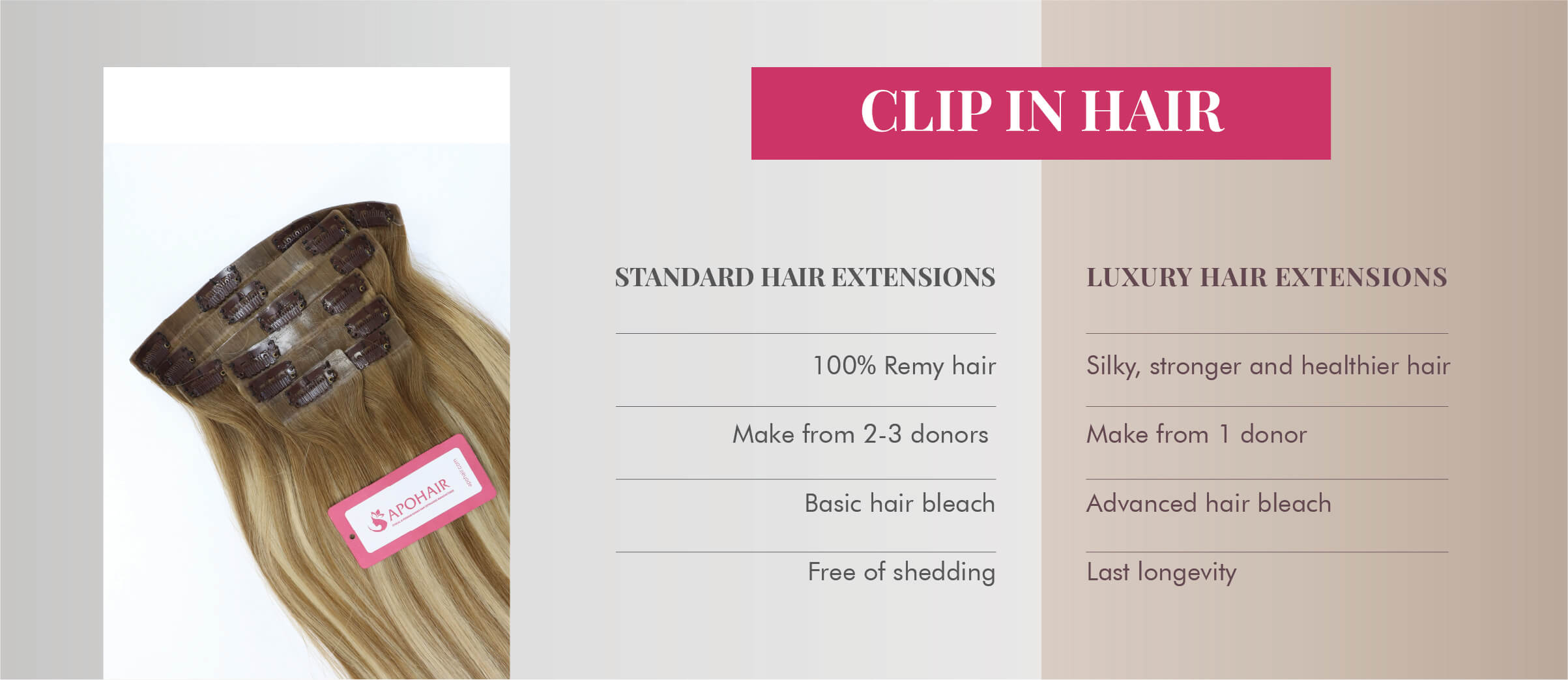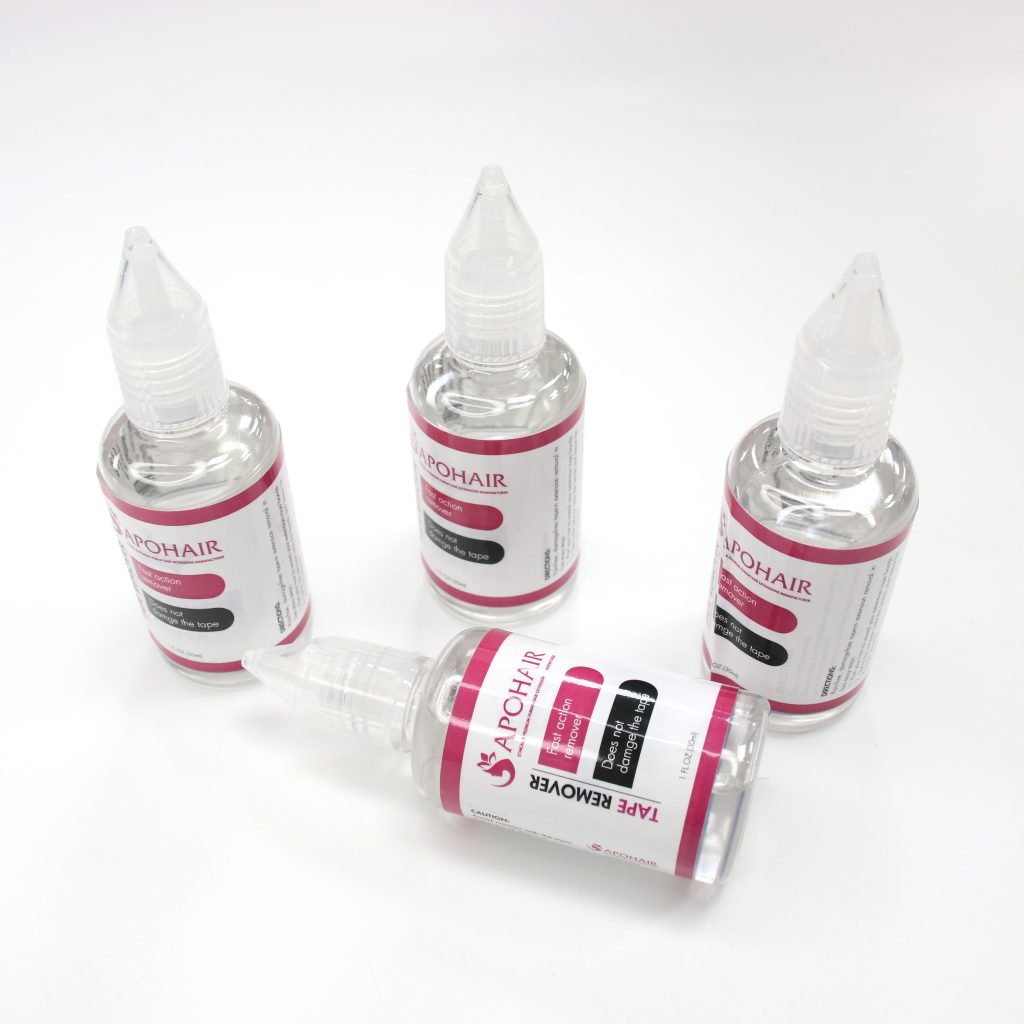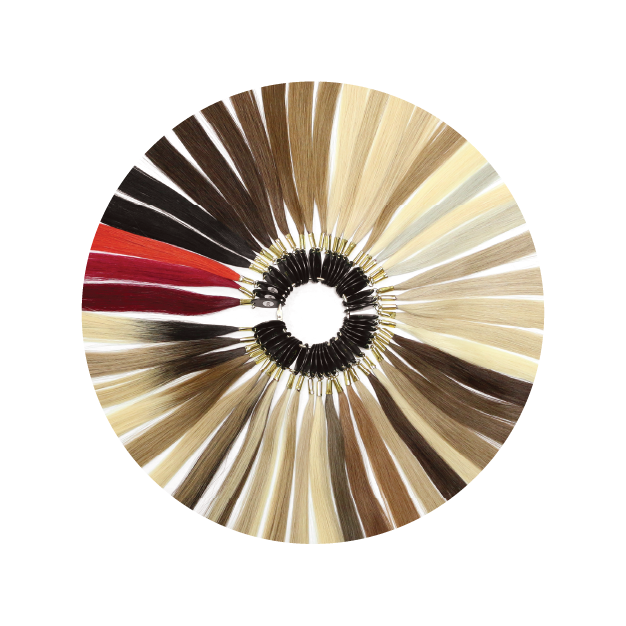Bleaching your hair can be a great way to achieve a lighter and brighter look, but it can also be a risky process that can result in uneven, patchy bleached hair, or brassy results. If you have bleached your hair at home and ended up with a disappointing outcome, and you are afraid of how to fix uneven hair color after bleaching, don’t panic. There are some ways to fix uneven bleached hair and restore your hair’s health and beauty. In this post, we will explain the common causes of uneven bleached hair, and provide you with some tips and tricks on how to fix uneven bleached hair. Whether you need to re-bleach, tone, dye, or condition your hair, we will guide you through the steps and the products you need to achieve a more even and flattering hair color.
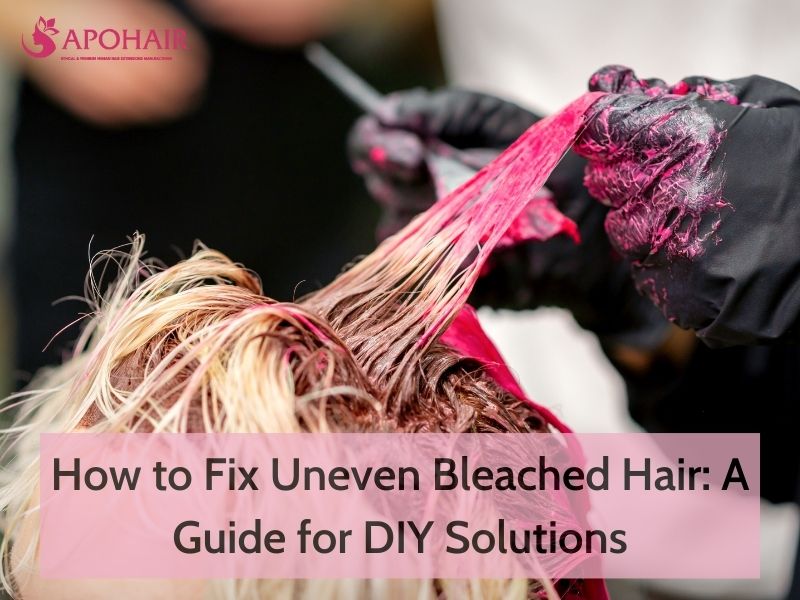
How to Fix Uneven Bleached Hair At Home
Method 1: Re-Bleaching
Re-bleaching is the process of applying bleach to your hair again, either to the whole head or to specific areas, to achieve a more even and lighter color. This method is suitable if you have dark or orange patches in your hair that need more lift, or if you want to remove any unwanted tones from your hair.
However, re-bleaching can also be very damaging to your hair, so you should only do it if your hair is healthy and strong enough to handle it. You should also wait at least a week or two between bleaching sessions, and use a deep conditioning treatment before and after to protect and nourish your hair.
Related article: How To Bleach Hair With Peroxide
Method 2: Use Toning Shampoo
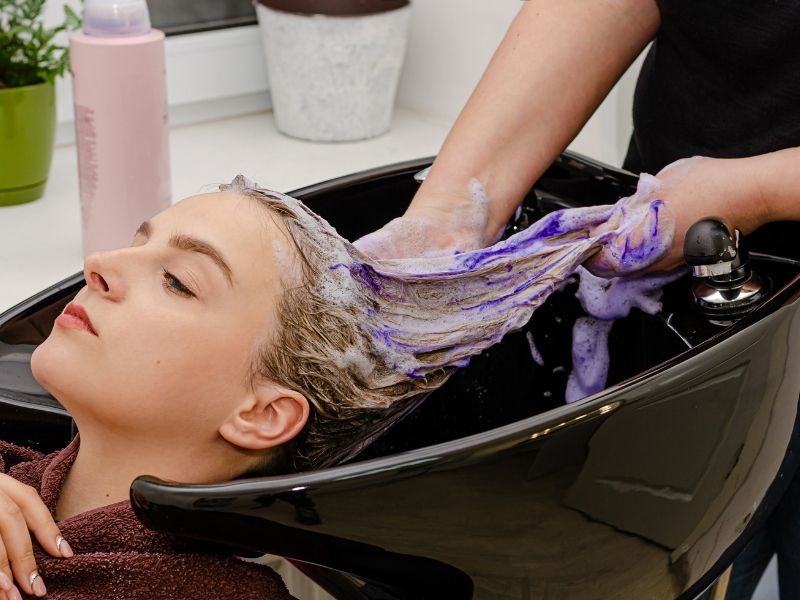
Similarly, if you have a few green hair strands lingering in your bleached hair, you can use red shampoo to even it out because green and red are on opposing ends of the color spectrum. Here are some further examples:
- Purple can help to correct yellow-looking hair caused by silver bleach.
-
As a warm color, sun-kissed orange hair can help you correct an ashy or grey undertone.
To notice benefits, use toning shampoo two to three times a week. Do not overdo it, as shampoos are often drying substances that do little to nourish hair. Continue using hair masks, oils, and conditioners in your daily hair care routine to keep it nourished and avoid hair damage.
Method 3: Dyeing
Dyeing is the process of applying a permanent or semi-permanent hair color to your hair, to change or enhance the color of your bleached hair. This method is suitable if you want to cover up or blend in your uneven bleached hair, or if you want to try a different or more vibrant color. Dyeing can also help improve the condition and shine of your hair, as it coats and seals your hair cuticles. However, dyeing will not lighten your hair, and it will require regular touch-ups and maintenance.
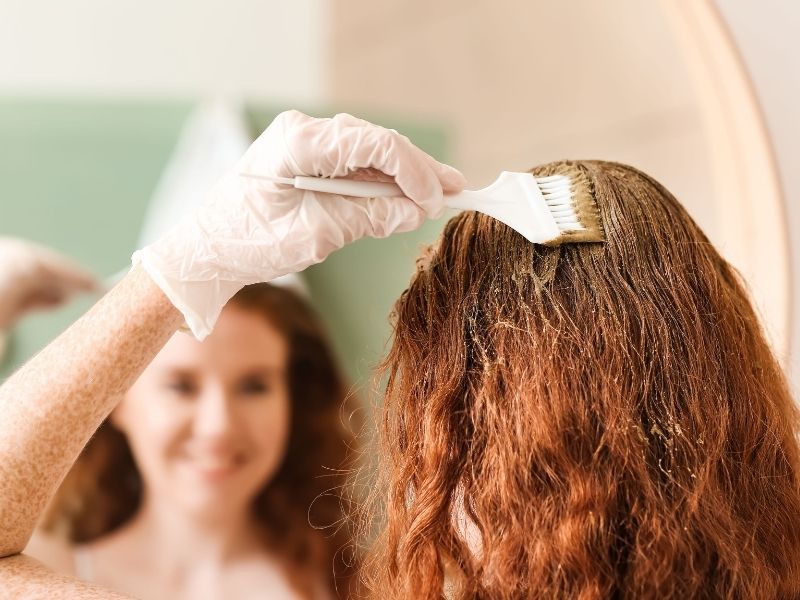
Method 4: Hair Toning
Do you wonder how will toner fix uneven bleached hair? Assume you have bleached your hair for the first time and notice afterward that you have missed out on some regions or that you have partially bleached hair and are in a panic wondering how to fix uneven bleached hair. There is no need to be concerned because you may quickly resolve this issue by using hair toner. Toning is the process of applying a semi-permanent or demi-permanent hair color to your hair, to neutralize or enhance the tones of your bleached hair.
This method is suitable if you have yellow or brassy tones in your hair that need to be corrected, or if you want to add some depth and dimension to your hair. Toning can also help improve the shine and softness of your hair, as it deposits color and conditioning agents to your hair cuticles. However, toning will not lighten your hair, and it will fade over time with washing and styling.
Method 5: Conditioning
How to fix bad bleached hair if we condition our hair? The answer is yes. Conditioning is the process of applying a moisturizing and nourishing product to your hair, to repair and restore the health and beauty of your bleached hair. This method is suitable if you have dry, brittle, or damaged hair that needs some extra care and hydration. Conditioning can also help smooth and soften your hair, and add some shine and luster to your hair. However, conditioning will not change the color of your hair, and it will only provide temporary results.
Method 6: Using Hair Extensions
If you have patchy blonde hair or patchy bleached hair, and you don’t know how to fix patchy bleached hair by using shampoo or other products, hair extensions will be the best alternative choice for you. Hair extensions are a diverse and efficient solution for people who have uneven bleached hair or who want to increase the volume and length of their hair throughout the healing process.
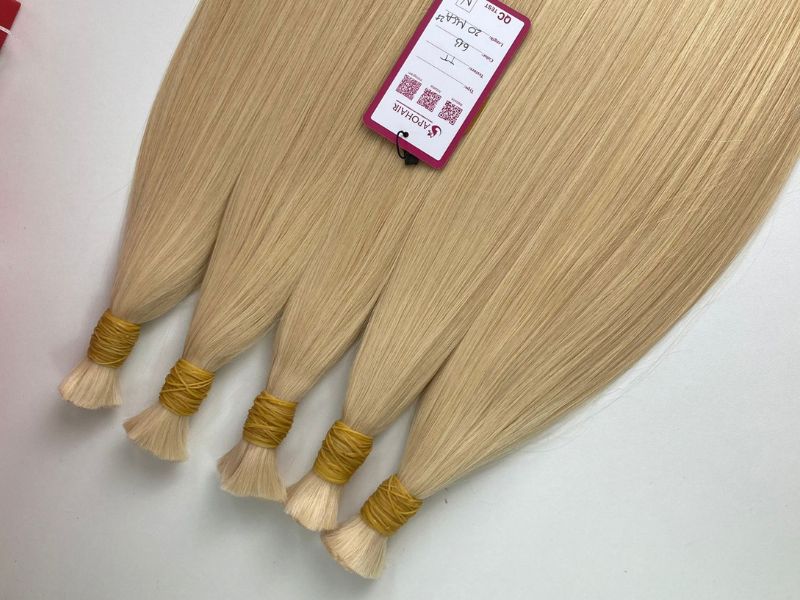
This temporary cure is not only a cosmetic solution, but also a practical technique to deal with the issues of uneven color or damaged hair. We recommended you using weft hair extensions to solve this problem. This type of hair has many colors and textures for you to choose.
What Causes Uneven Bleached Hair?
- Your hair was too dark to begin with: If you have naturally dark hair or previously dyed hair, bleaching can be more challenging and unpredictable. Dark hair has more red and orange pigments that need to be lifted by the bleach, and this can result in uneven or brassy tones. To avoid this, you may need to use a stronger bleach, a longer processing time, or multiple bleaching sessions to achieve a lighter and more even color.
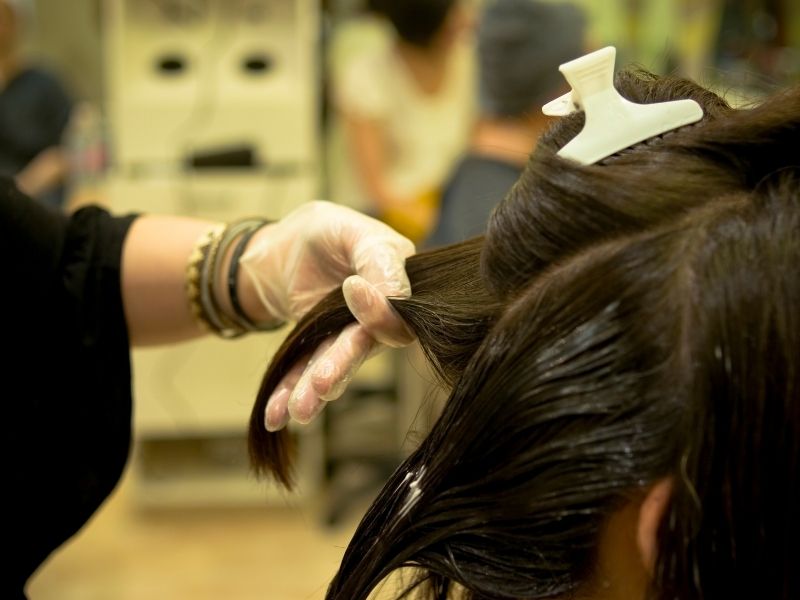
- You used the wrong bleach or developer: Bleach and developer are the two main ingredients that you need to lighten your hair. So, how to mix bleach and developer?. Bleach is a powder that contains chemicals that break down the natural or artificial pigments in your hair, while developer is a liquid that activates the bleach and determines how much lift you get. There are different types and strengths of bleach and developer, and choosing the wrong ones can affect your results. For example, if you use a bleach that is too weak or a developer that is too low in volume, you may not get enough lift and end up with orange or yellow hair. On the other hand, if you use a bleach that is too strong or a developer that is too high in volume, you may damage your hair and cause breakage or dryness.
- You applied the bleach to your roots first: Your roots are the part of your hair that is closest to your scalp, and therefore they are warmer and more sensitive. This means that they will process faster than the rest of your hair, and if you apply the bleach to them first, you will end up with lighter roots and darker ends. To avoid this, you should always start applying the bleach to the mid-lengths and ends of your hair, and leave the roots for last. This will ensure a more even and natural-looking result.
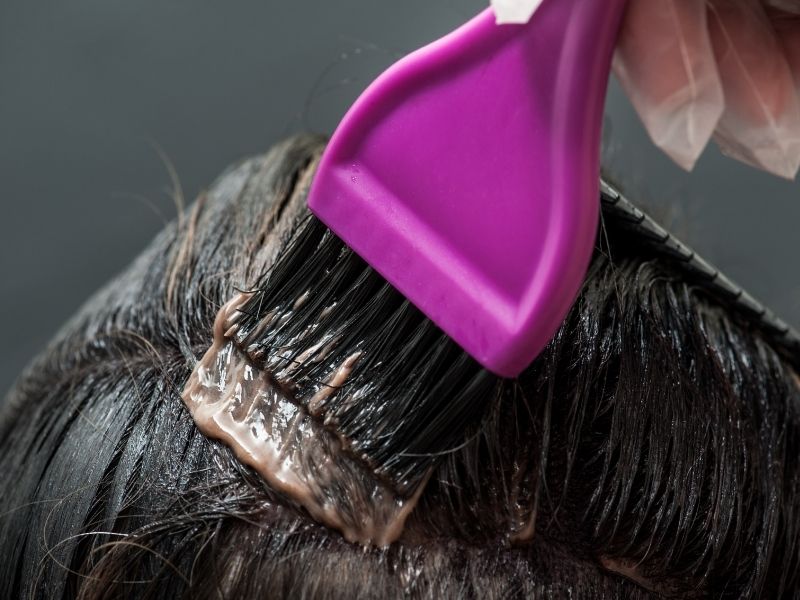
- You applied the bleach unevenly or too quickly: Applying bleach to your hair requires careful and precise technique, especially if you are doing it by yourself. You need to make sure that you cover every strand of your hair with enough bleach, and that you work in small sections and from the bottom to the top. If you apply the bleach unevenly or too quickly, you may miss some spots or create patches of different colors. You also need to keep an eye on the processing time and check your hair regularly to see how it is developing. If you leave the bleach on for too long or too short, you may end up with over-processed or under-processed hair.
Conclusion
So, how to fix uneven bleached hair? In conclusion, addressing uneven bleached hair requires careful consideration and a thoughtful approach to maintain the health and appearance of your locks. This guide has explored various do-it-yourself solutions, emphasizing the importance of deep conditioning, trimming damaged sections, and using purple shampoo to neutralize unwanted tones. Additionally, the option of employing high-quality hair extensions was discussed as a temporary remedy, providing versatility and a confidence boost while waiting for natural hair recovery.
For premium hair extensions that blend seamlessly with your natural hair, consider exploring the wide range of options offered by Apohair. As a trusted Vietnamese hair supplier and a reliable wholesale hair vendor of high-quality hair products, Apohair provides customizable solutions to enhance your hairstyle, whether you’re looking for added length, volume, or a touch of elegance. Visit Apohair’s website to discover a diverse selection of hair extensions and accessories, ensuring you achieve the flawless look you desire. Invest in your hair’s health and beauty with Apohair’s premium products today.
Next article: How to Get White Hair Without Bleach

